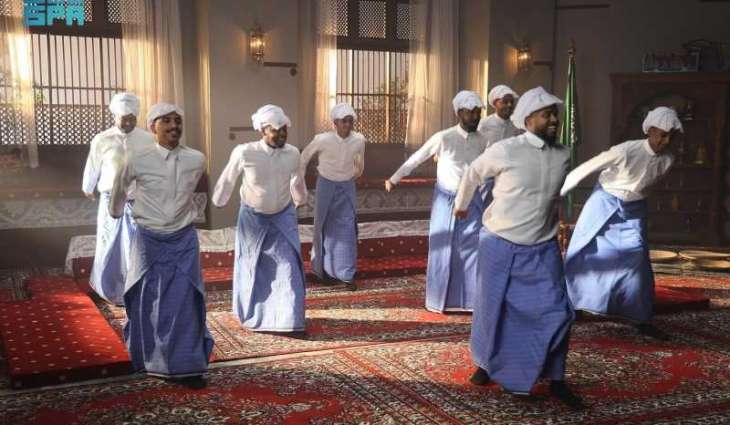Riyadh, October (پاکستان پوائنٹ نیوز 18 اكتوبر 2025ء) The genre’s precise origins are unknown, but accounts from senior sailors indicate that it dates back centuries, when it was known as "Al-Madd" (the tide) and chanted during fishermen’s evening gatherings by lantern light. Today, this living heritage remains an artistic legacy that serves as a reminder that every sea has its own melody.
Yanbaawi is an art form that narrates the fisherman’s journey at sea. Its melodies are typically played on the semsemiah, accompanied by other string instruments in an artistic blend that connects the coastal civilizations. Performances often begin with a mawwal, a traditional song, followed by a dwar, a traditional dance, in a collective interaction between the performer and the group.
Through sea voyages and trade, this art traveled beyond the Kingdom’s borders, spreading from the coast of Yanbu to the shores of Egypt, Yemen, and Jordan. This cultural exchange shared melodies and rhythms among peoples connected by a common sea and shared heritage. Yanbaawi remains one of the oldest forms of Saudi maritime art, preserving its authenticity despite the introduction of modern instruments in contemporary performances.
Local archives have documented more than 2,000 recordings of this art, reflecting its deep cultural significance and the rich heritage passed down through generations.
The celebration of this authentic maritime tradition honors the sailors’ journey, patience, and endurance of risks while preserving living cultural expressions and reconnecting the present with the roots of the past.




